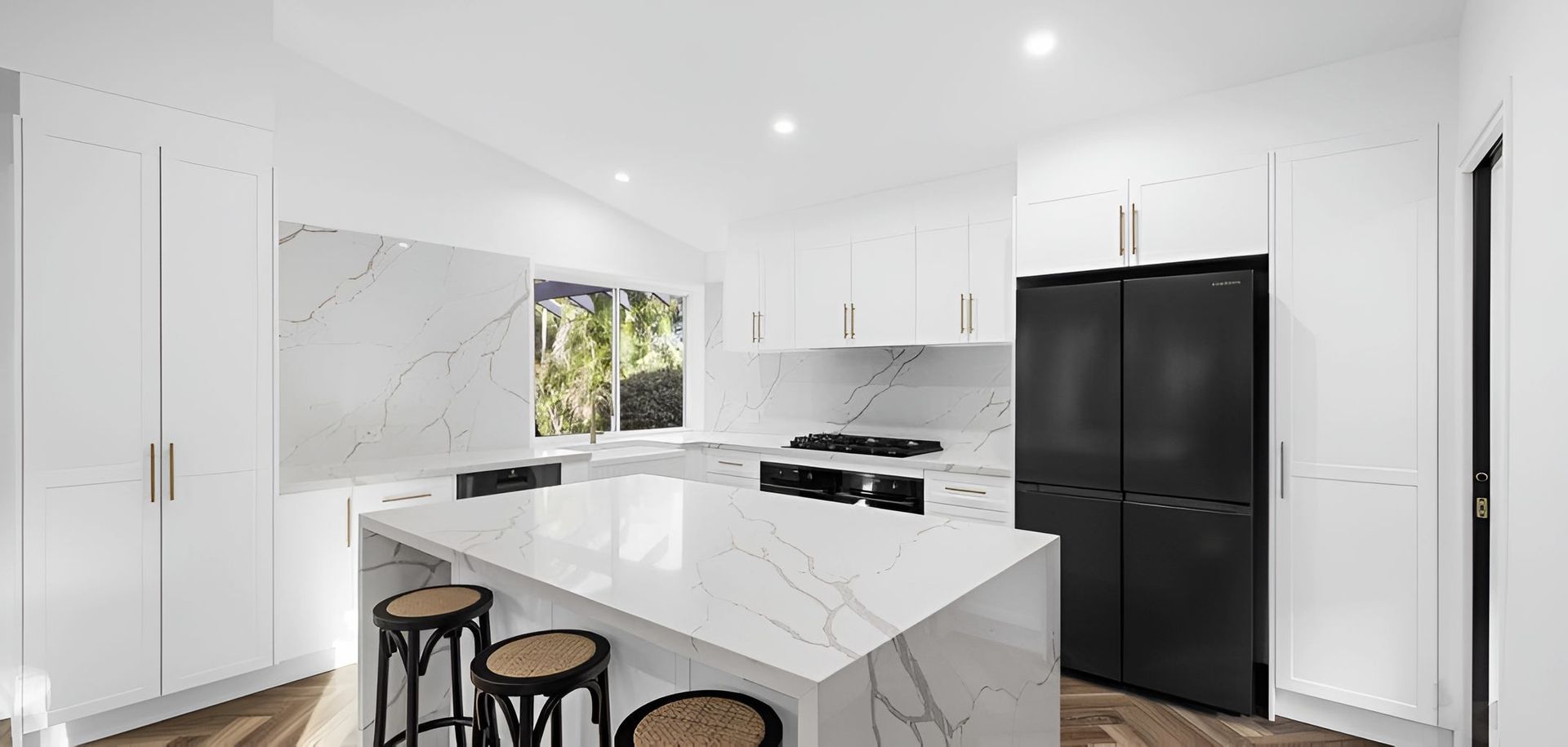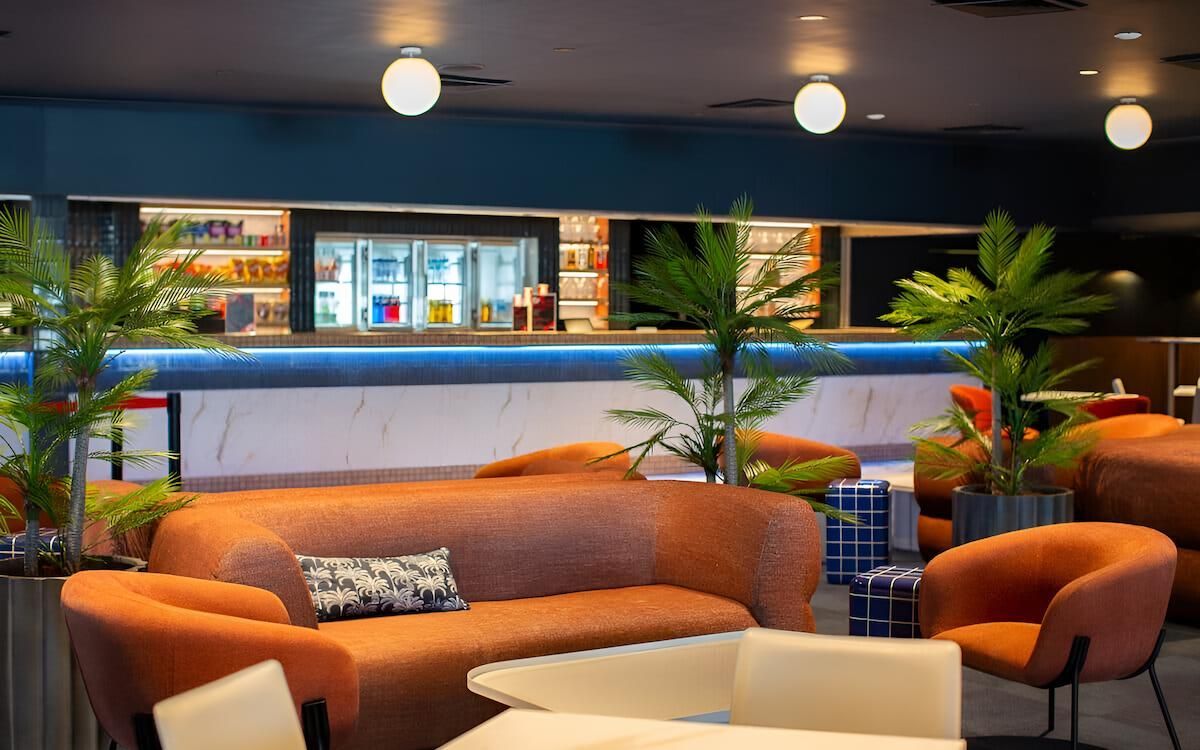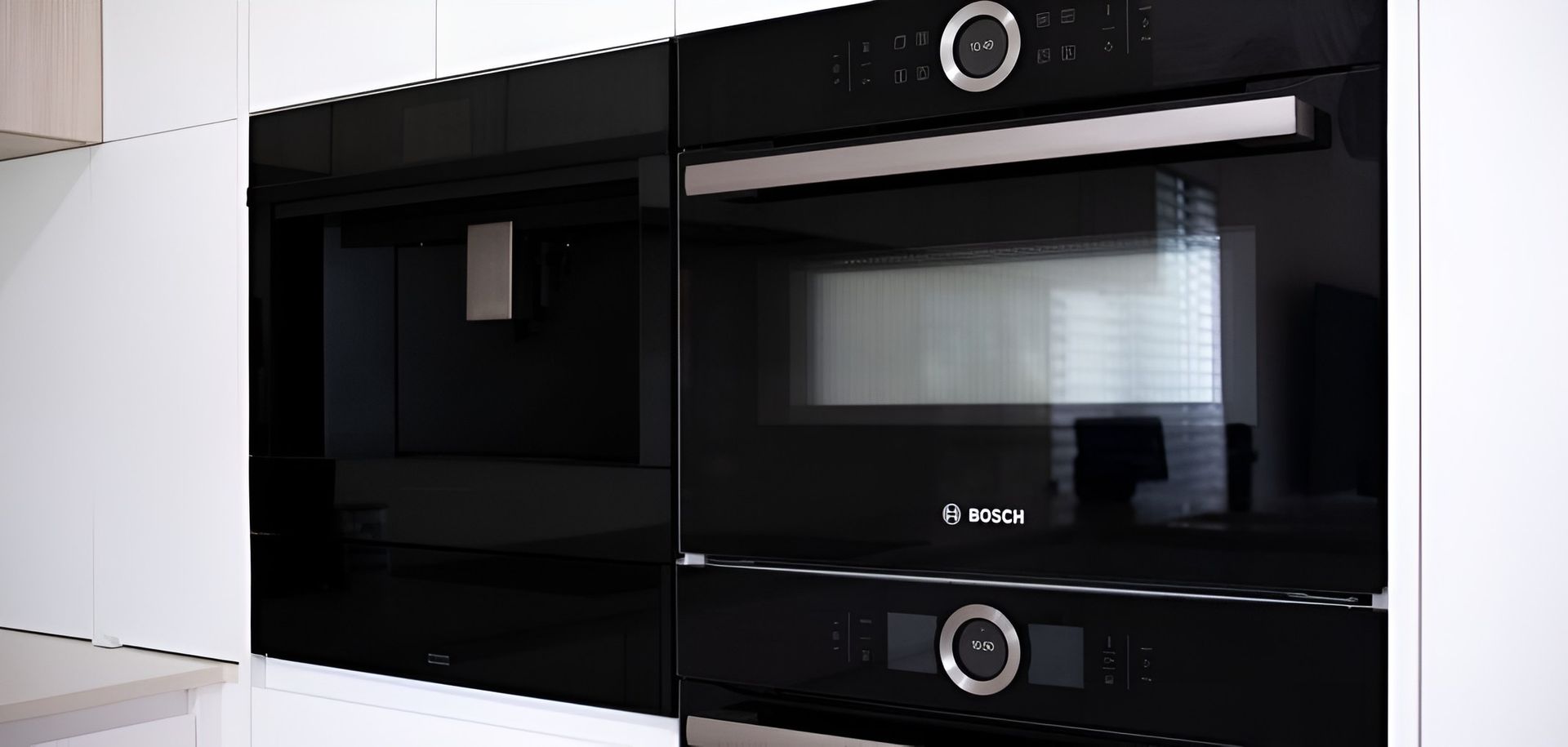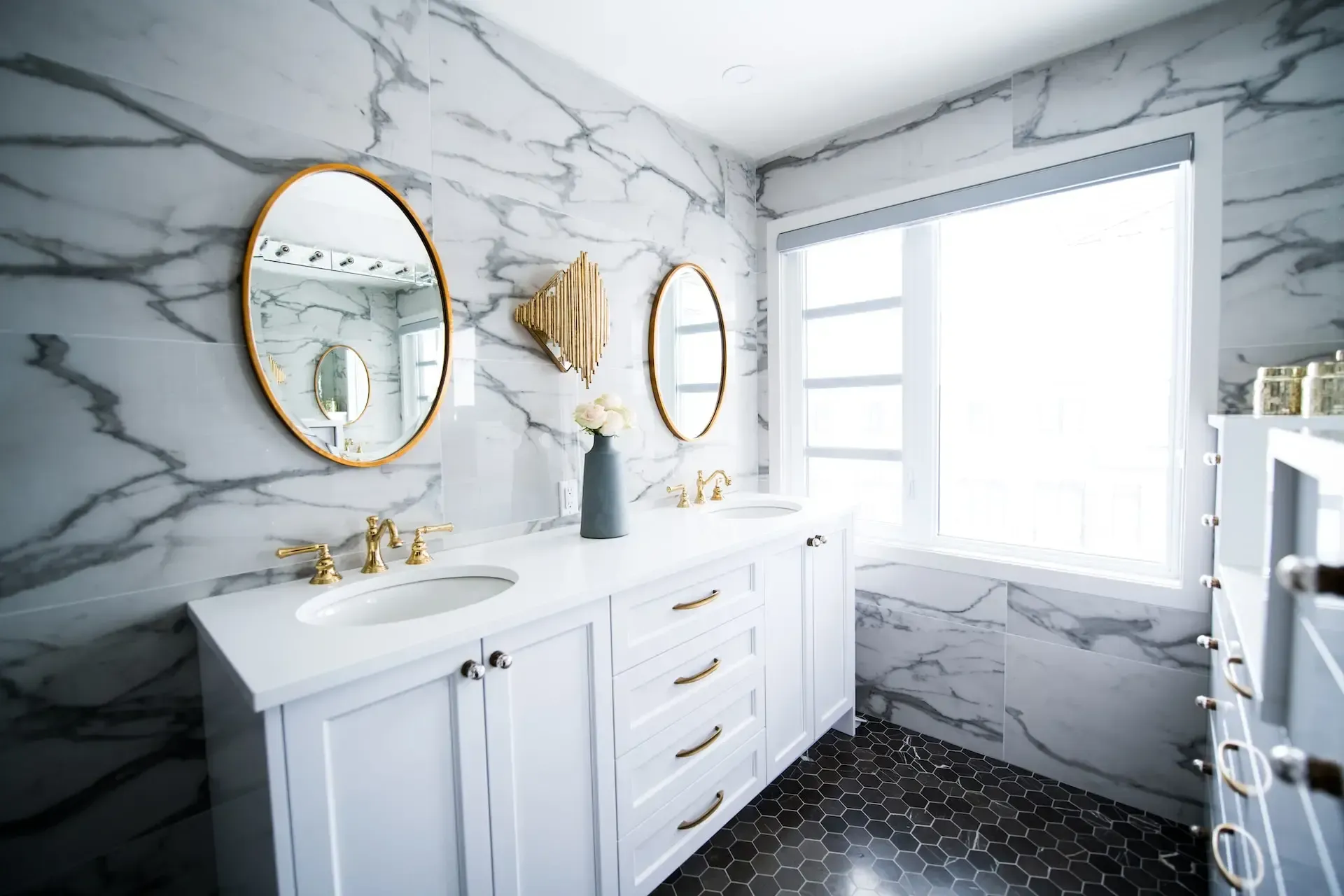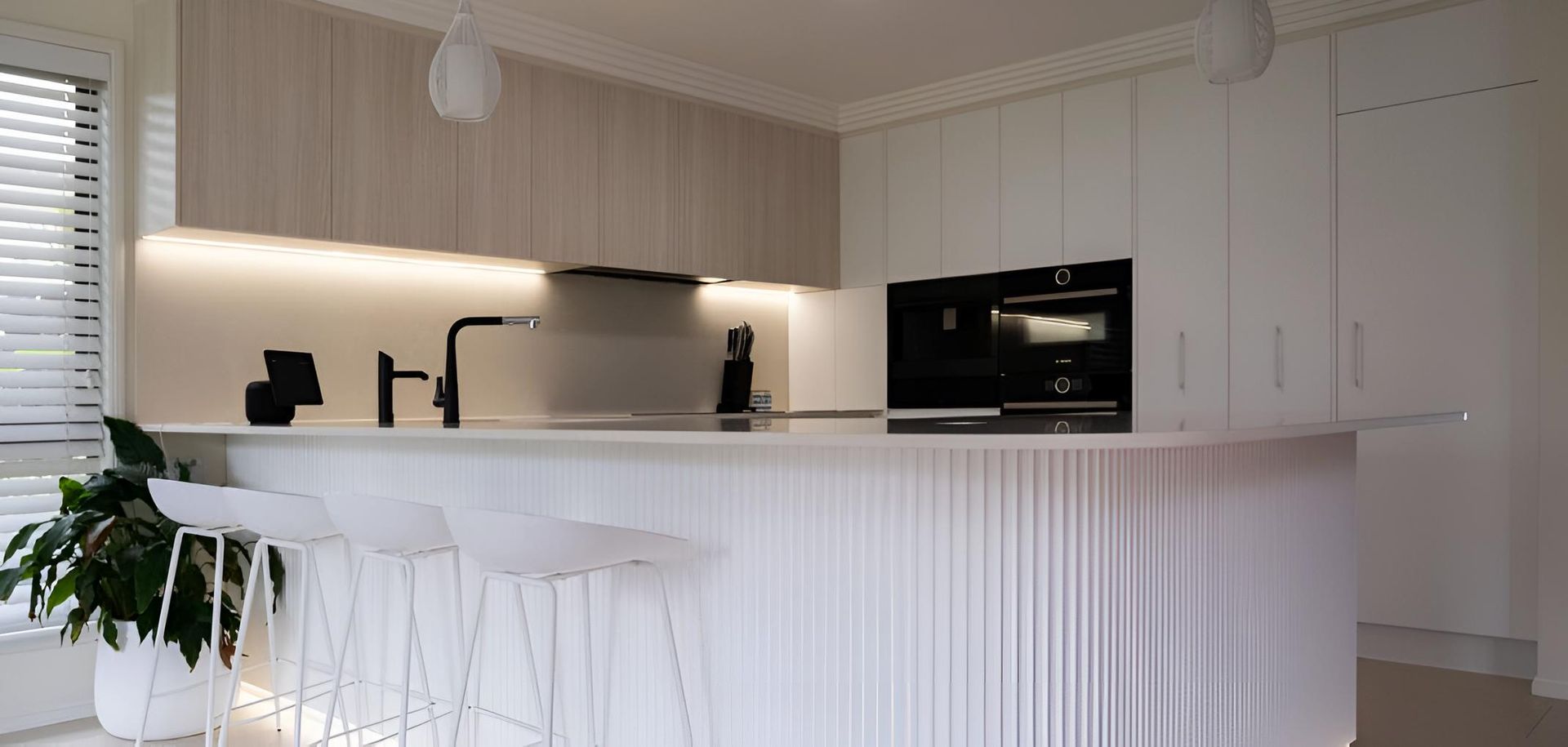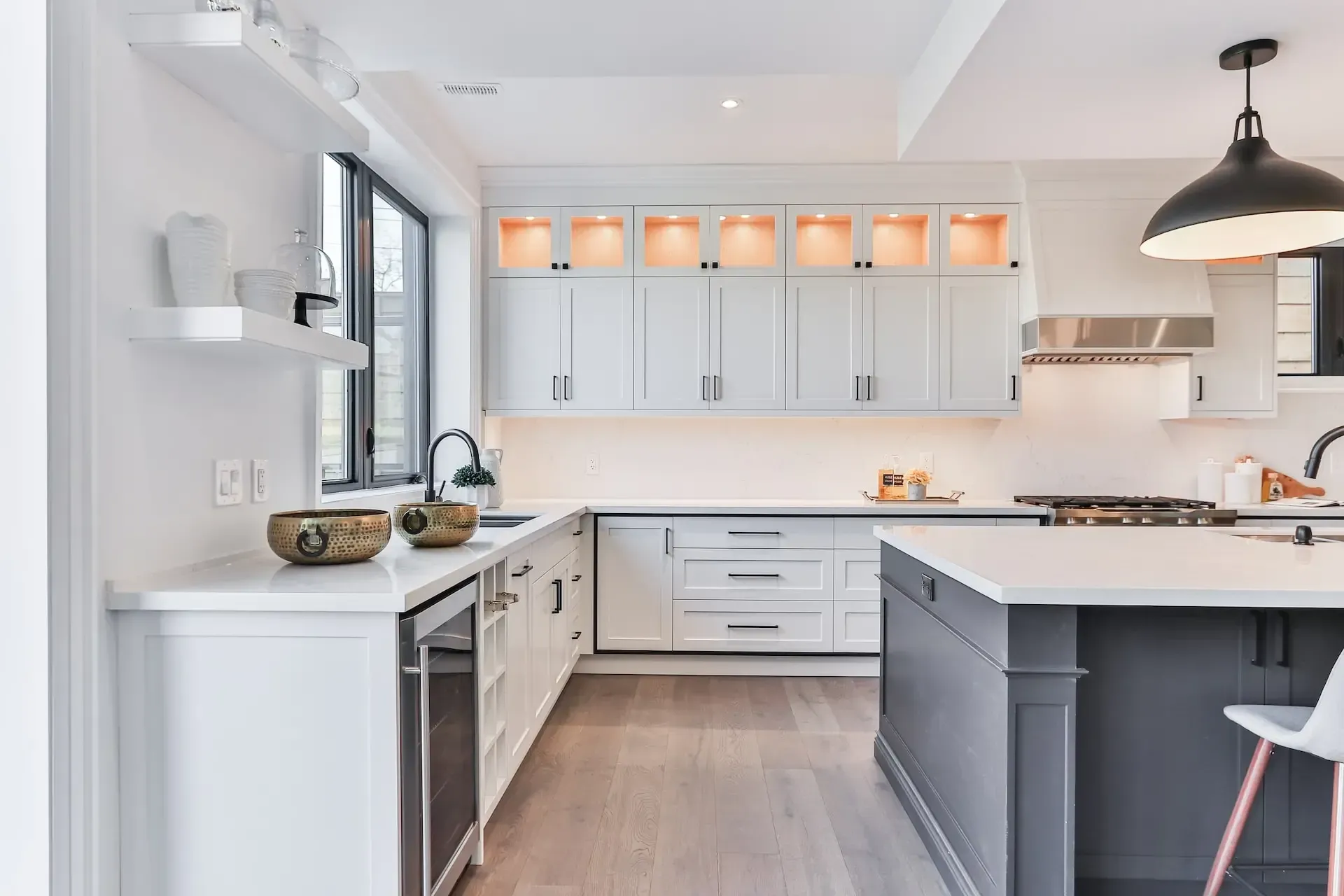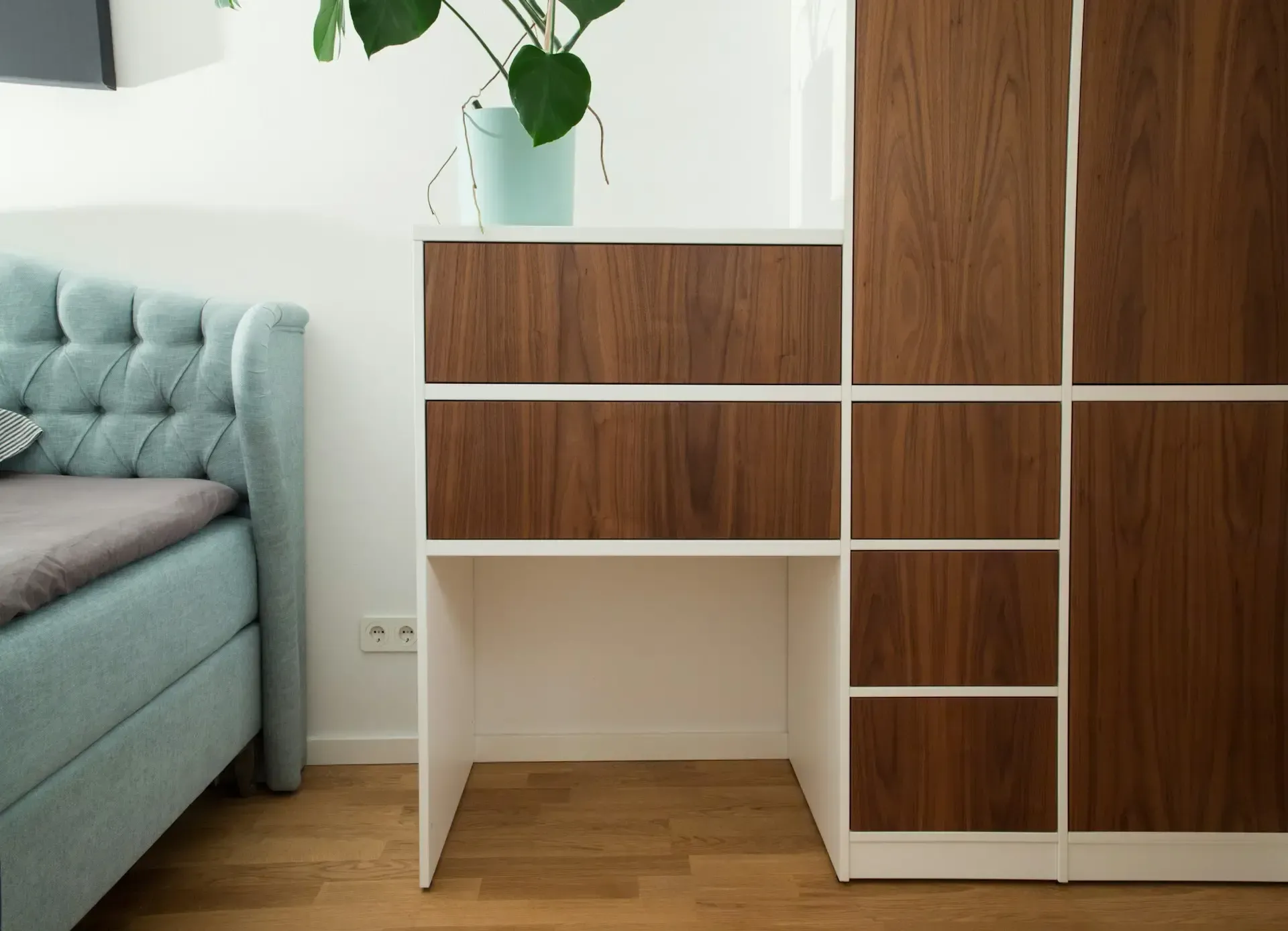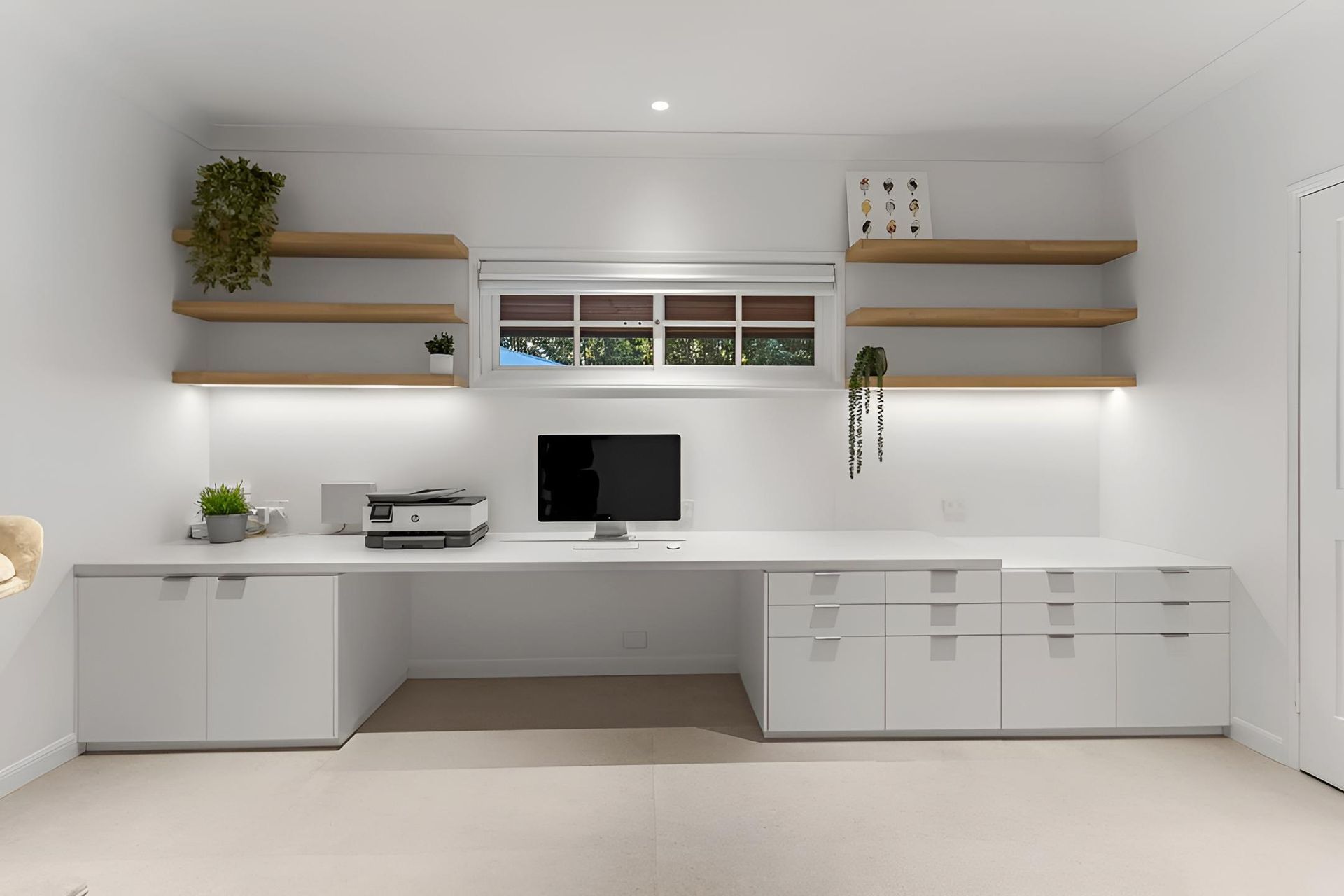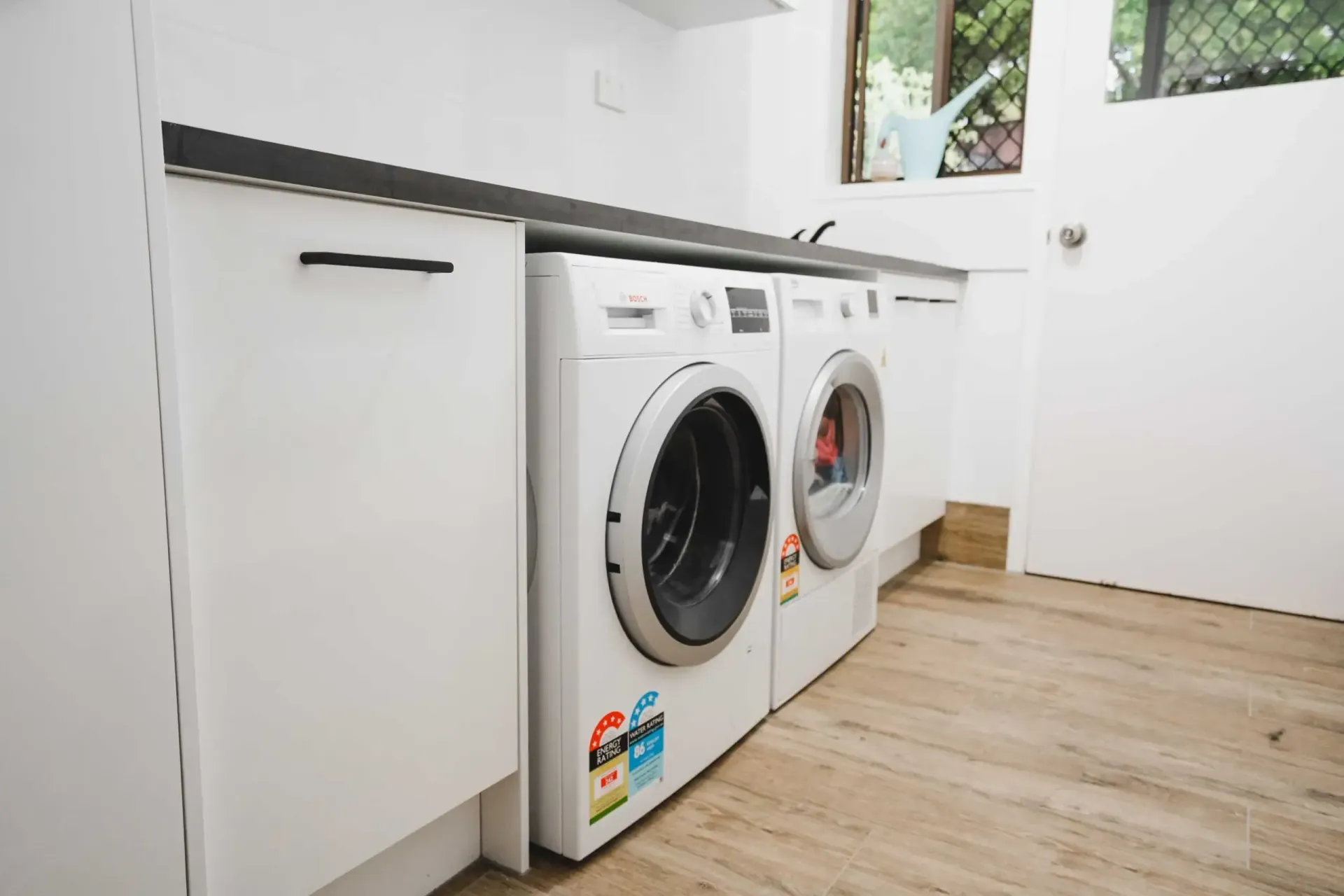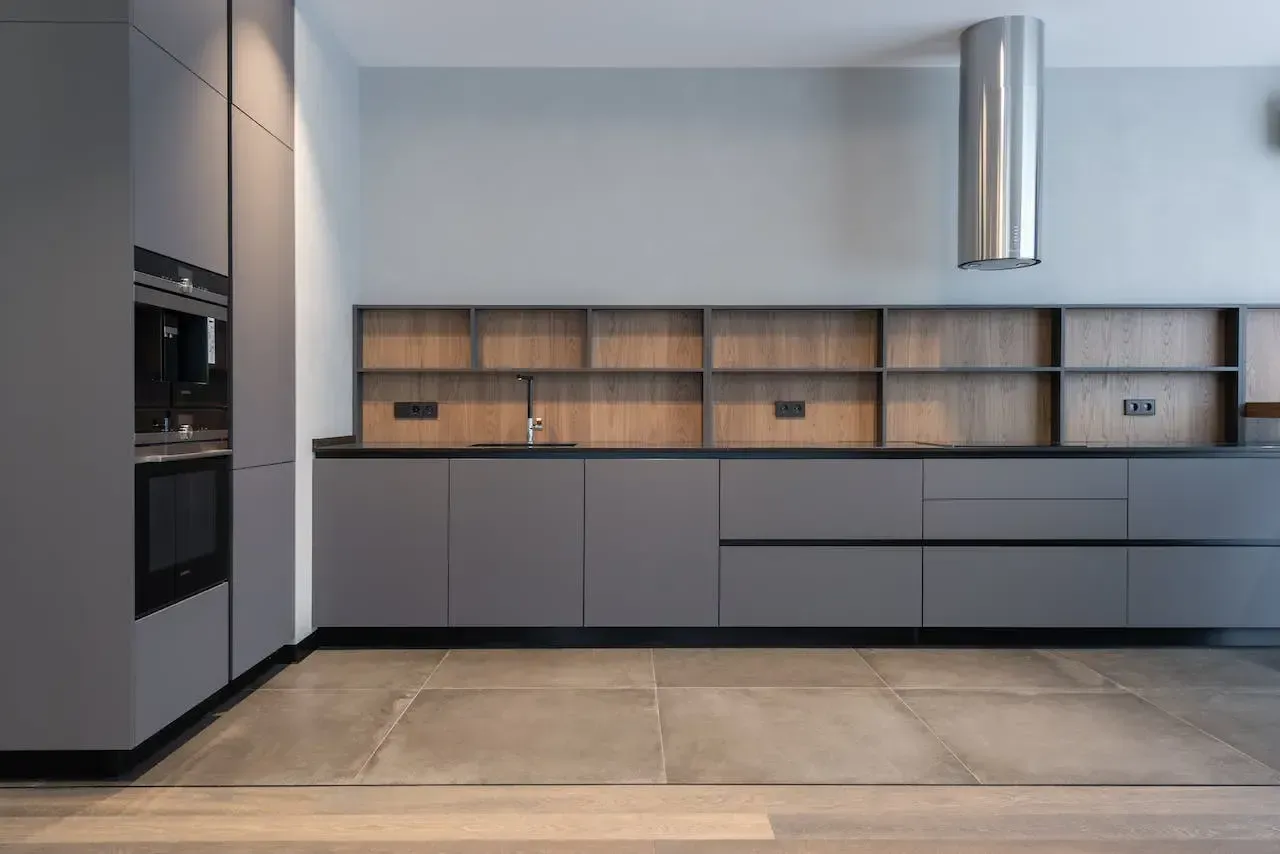Sustainable Custom Cabinetry: Eco-Friendly Materials and Practices
As global awareness of environmental issues continues to grow, many homeowners are looking for ways to reduce their carbon footprint and create more sustainable living spaces. One area where sustainable practices can be incorporated is in custom cabinetry design. By opting for eco-friendly materials and responsible production methods, your cabinets can contribute to a greener, more environmentally conscious home.
At CK Cabinetry, we are committed to offering sustainable cabinetry solutions that align with your values and environmental goals. Our skilled cabinetmakers work closely with you to design bespoke cabinets that balance style, functionality, and sustainability. By using renewable materials, low-impact finishes, and promoting efficient manufacturing processes, we can create custom cabinets tailored to your preferences while keeping the environment in mind.
In this article, we will delve into the world of sustainable cabinetry, highlighting the various environmentally friendly materials and practices available for your custom cabinets. From responsibly sourced wood and low-VOC finishes to energy-efficient production methods, we aim to provide you with the information you need to make an informed decision when choosing sustainable cabinetry solutions for your home. By considering the impact of your choices and opting for eco-conscious alternatives, you can contribute to a healthier environment for future generations while enjoying beautifully crafted, custom-made cabinets tailored to your needs.
1. Responsibly Sourced Wood: The Foundation of Sustainable Cabinetry
Wood is the primary material for custom cabinet construction, and choosing responsibly sourced wood is the first step toward sustainable cabinetry. This involves selecting wood from certified, well-managed forests that adhere to responsible harvesting practices:
– FSC-certified wood: The Forest Stewardship Council (FSC) certification guarantees that the wood used in your custom cabinets originates from responsibly managed forests that follow environmental, social, and economic standards.
– Locally sourced wood: Opting for locally sourced wood species whenever possible not only supports local businesses but also reduces the carbon emissions resulting from transportation.
– Reclaimed or recycled wood: Reclaimed or recycled wood offers a unique, environmentally friendly alternative. This repurposed wood often comes with a distinctive character and history, adding a touch of charm to your custom cabinets.
2. Eco-Friendly Alternatives: Sustainable Wood and Composite Options
In addition to responsibly sourced wood, there are several environmentally friendly alternatives available for custom cabinetry construction:
– Bamboo: A rapidly renewable resource, bamboo is an eco-friendly material that offers an attractive and durable option for custom cabinets. Its unique grain and colour contribute to distinctive, stylish designs.
– Plywood and particleboard: These engineered wood materials can be sourced from responsible manufacturers who use recycled wood fibre and low-formaldehyde (low-VOC) binders, making them a more sustainable choice for custom cabinets.
– Formaldehyde-free MDF: Medium density fibreboard (MDF) is a popular material for custom cabinetry. Opting for formaldehyde-free MDF can reduce harmful Volatile Organic Compounds (VOCs) emissions in your home, contributing to better indoor air quality.
3. Low-VOC Finishes and Paints: Healthier Indoor Air Quality
Traditional finishes and paints used on cabinets can emit harmful chemicals called VOCs that contribute to poor indoor air quality and respiratory issues. Choosing low-VOC or VOC-free finishes and paints is a crucial component of sustainable cabinetry:
– Water-based finishes: Water-based wood finishes emit significantly fewer VOCs than traditional solvent-based finishes. These finishes also provide excellent durability and protection for your custom cabinets.
– Low-VOC paints: Many paint manufacturers now offer low-VOC or VOC-free paint options. These eco-friendly alternatives produce fewer harmful emissions and provide a healthier living environment.
– Natural oil finishes: Natural oil finishes, derived from plant-based sources such as linseed oil or tung oil, are another eco-conscious option. These finishes protect and enhance your custom cabinets while producing fewer VOCs compared to traditional finishes.
4. Efficient Manufacturing Practices: Reducing Environmental Impact
In addition to using eco-friendly materials and finishes, adopting efficient manufacturing practices is essential in creating sustainable cabinetry:
– Waste reduction: At CK Cabinetry, we work hard to minimise material waste throughout the design and production process. This includes optimising the use of raw materials, using engineered wood products, and recycling offcuts where possible.
– Energy efficiency: Implementing energy-efficient practices within our workshop, such as using LED lighting and energy-saving appliances, helps reduce our overall environmental impact.
– Ongoing improvements: Continuously seeking ways to improve our sustainable practices and remaining up-to-date with the latest environmental developments ensures that our custom cabinetry remains environmentally conscious in the long run.
Conclusion
Choosing sustainable cabinetry solutions not only contributes to a healthier environment but also provides a sense of pride in knowing that your custom cabinets have been created with both style and ethics in mind. By working closely with CK Cabinetry, you can create bespoke, environmentally friendly cabinets using responsibly sourced wood, eco-friendly alternatives, low-VOC finishes, and efficient manufacturing practices.
Our skilled cabinetmakers are dedicated to helping you select the best sustainable materials and processes for your particular needs and preferences, ensuring that your custom cabinets contribute positively to your home and the planet. To start your environmentally conscious cabinetry journey, contact CK Cabinetry today for custom cabinet in Sunshine Coast and discover the possibilities of sustainable design.
